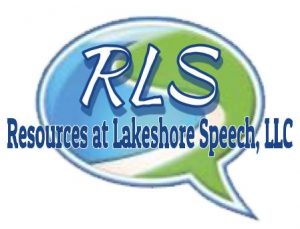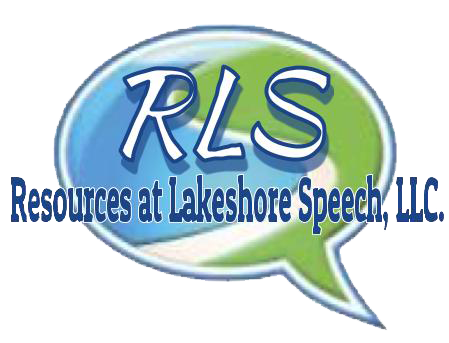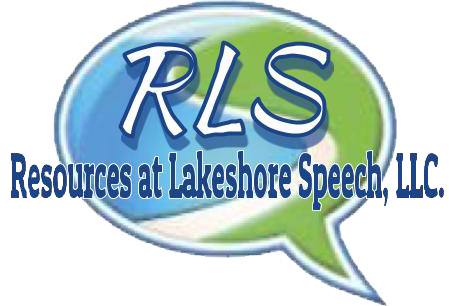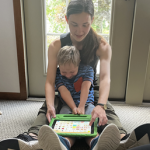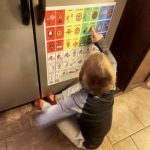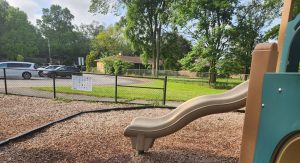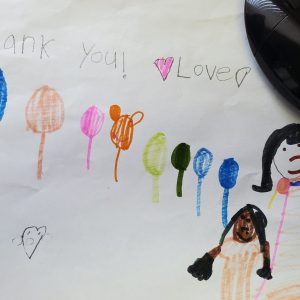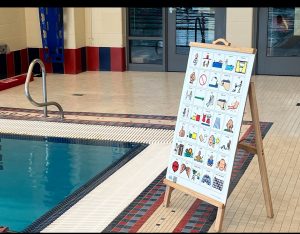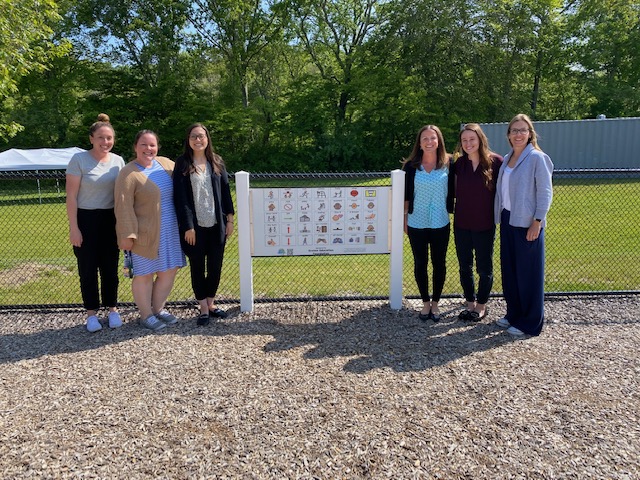
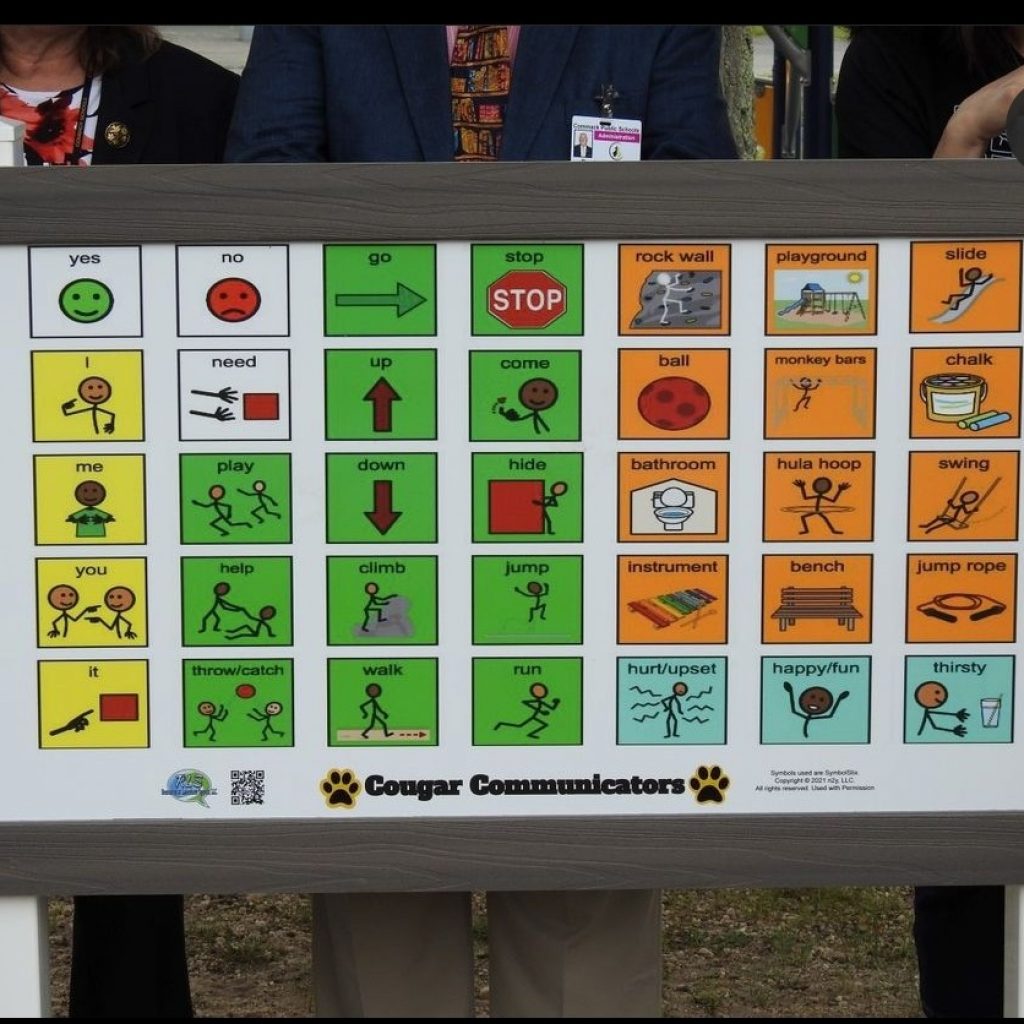
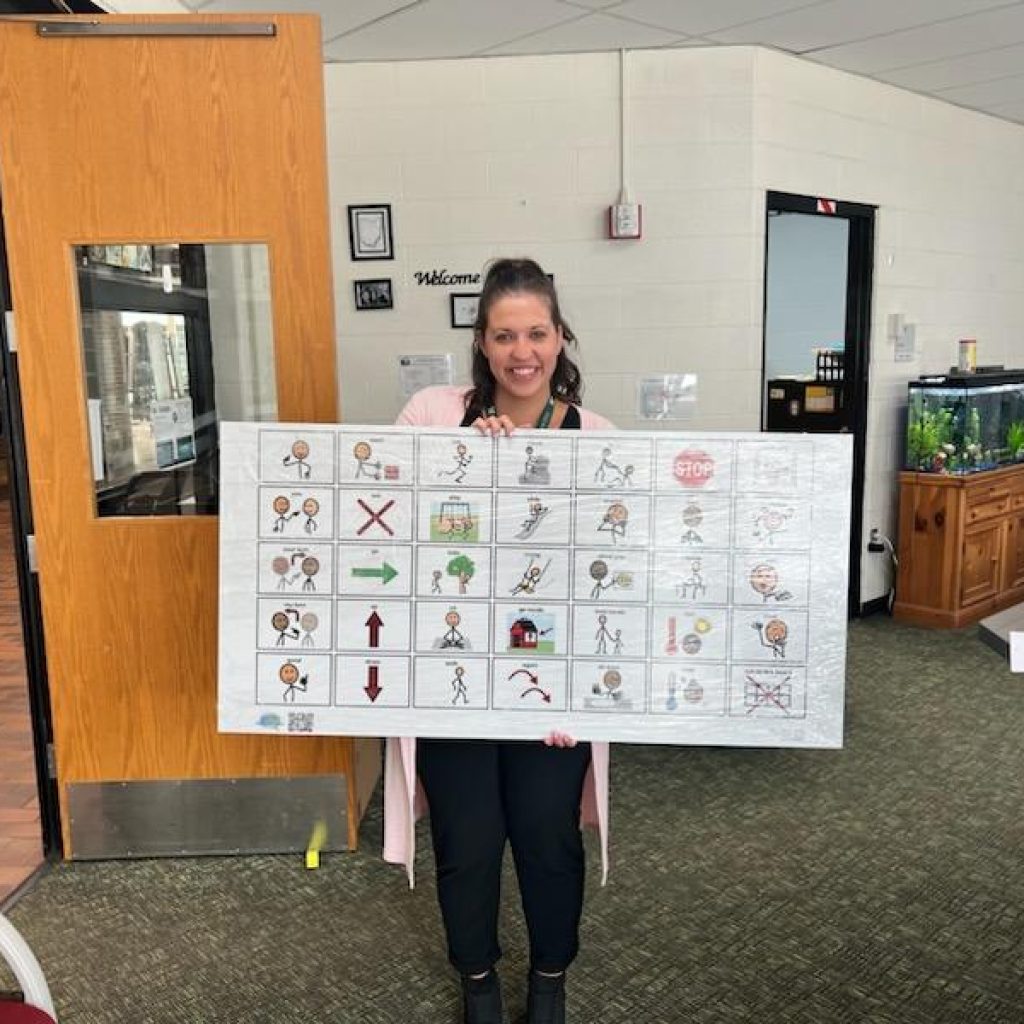
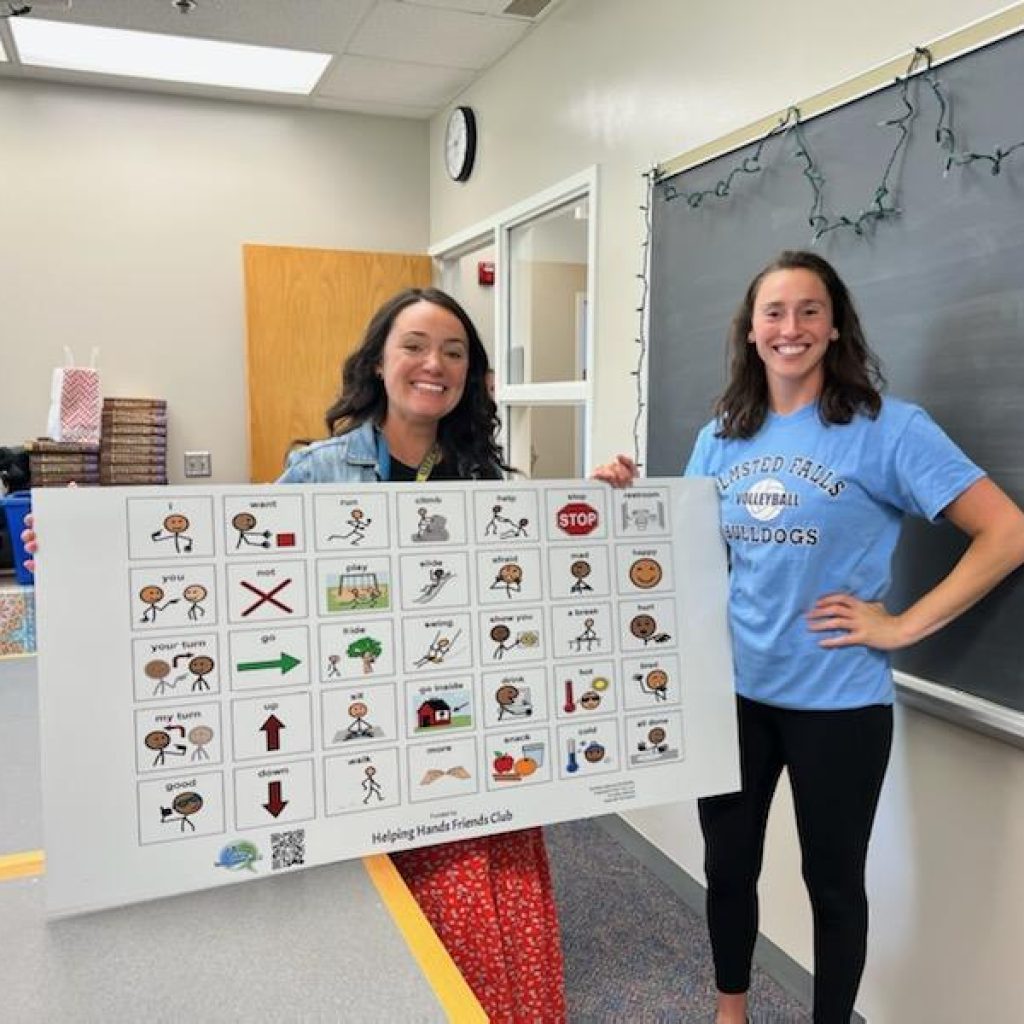
If you’re a parent, therapist, educator or community member advocating for communication boards in playgrounds, you’ve likely faced a mix of emotions—frustration, hope, and sometimes even a sense of isolation. You see the incredible potential these boards have to make playgrounds more inclusive for children with speech and communication differences. But when other people don’t understand how to use them or don’t see their value, it can feel like an uphill battle.
Let’s explore some common frustrations, desires, and fears surrounding this issue, and how you can stay hopeful and connected as an advocate for your child and your community.
Frustration: People Don’t Know How to Use the Boards
You’ve seen firsthand how playground communication boards can transform a child’s experience by helping them express themselves, ask for help, or join in play. But what happens when others don’t understand how the boards work, or worse, overlook them altogether? It can be incredibly frustrating to watch other families not take advantage of these tools simply because they don’t know how to use them.
You might feel like:
- “I wish more people would take the time to learn how to use these boards.”
- “Why don’t more people see the value in these boards? They’re so helpful!”
- “I’m trying, but it’s hard when others don’t understand or aren’t interested.”
This frustration is valid. Communication boards are relatively new to many people, and without guidance, they may feel intimidating or unnecessary to families who have no direct experience with them.
What You Can Do:
- Lead by Example: When you’re at the playground, use the communication board openly with your child. Others may see how it works and start asking questions. Sometimes, simply modeling usage can spark curiosity and understanding.
- Talk to Your Community: Start small conversations with others. Explain how the board benefits your child and how it can help all children communicate more effectively, especially those with speech challenges.
- Suggest Signage: Work with your local parks or community centers to place simple instructions near the boards, so parents and caregivers know how to incorporate them into play.
Desire: More Awareness and Education for the Public
One of your greatest wishes is likely to see a world where playground communication boards are well-understood and widely used, not just by a select few but by entire communities. You long for more awareness, education, and open discussion about how these boards can help children with diverse communication needs participate fully in play.
Wouldn’t it be great if:
- More parents knew about the purpose and power of communication boards?
- Teachers, therapists, and community leaders supported the initiative?
- Your local park hosted educational events to raise awareness?
Awareness campaigns can go a long way in shifting how the public views communication boards. The more people understand their purpose and potential, the more they will be embraced as a regular part of playgrounds and other public spaces.
What You Can Do:
- Partner with Schools and Community Groups: Schools and local organizations often have outreach programs. Suggest hosting a “communication board day” at the park where families can learn how to use them through fun, interactive activities.
- Social Media Advocacy: Use social media to spread the word. Share pictures and stories of how your child uses the communication board, and tag local groups or influencers to help amplify your message.
- Reach Out to Local Leaders: Speak to your city council or parks department about hosting a workshop or adding informational signs in parks. Public education doesn’t need to be a solo mission—it’s something the whole community can support.
Fear: Feeling Isolated When Advocating for Communication Boards
Advocating for your child or children with different needs can sometimes feel like a lonely journey, especially when it seems like you’re the only one pushing for communication boards in your community. You might feel like you’re constantly educating others or facing resistance from people who don’t understand why the boards are needed.
These feelings are completely normal:
- “Am I the only one who sees the value in this?”
- “Is my voice being heard?”
- “What if people don’t support this, and I’m left advocating alone?”
It’s easy to feel isolated when you’re advocating for something that others aren’t yet familiar with. But remember, your voice matters, and with patience and persistence, others will come to see the value that you do.
What You Can Do:
- Connect with Other Families: You’re likely not the only one in your area who sees the need for communication boards. Reach out to local parent groups, especially those with children who have speech or communication challenges. Finding a group of like-minded advocates can make a world of difference.
- Join Online Communities: There are numerous online groups and forums for families advocating for inclusive play spaces. Sharing experiences and tips with others who are on the same journey can offer both support and ideas for local advocacy.
- Keep Going: Advocacy takes time, and change doesn’t happen overnight. Continue sharing your story and why communication boards matter. With persistence, you’ll find that others will start to understand and join you in your efforts.
How to Stay Positive While Advocating
It’s natural to feel discouraged at times, but there are ways to stay positive and hopeful as you work to spread awareness and increase the use of playground communication boards in your community.
- Celebrate Small Wins: Even if only one or two people show interest or start using the board, that’s progress! Each small step helps raise awareness and make the playground more inclusive.
- Be Patient: Public education takes time. Remember that communication boards are still new to many people, and it may take repeated exposure before they become a familiar part of playground culture.
- Focus on the Long-Term Goal: Your advocacy isn’t just for your child or one small group of children, but for future generations of children who will benefit from these tools. Each conversation and every moment of education brings the community closer to making playgrounds more accessible for all.
You’re Making a Difference
As a parent, therapists, educators or community members advocating for playground communication boards, you are helping to create a more inclusive and accessible world. While the journey may sometimes feel frustrating or isolating, know that your efforts are making a difference. By raising awareness, educating others, and continuing to use these tools in your daily life, you’re paving the way for more people to understand and appreciate the power of communication boards.
Stay strong, stay connected, and remember—you’re not alone in this important work! Together, we can build more inclusive playgrounds where every child has a voice.
